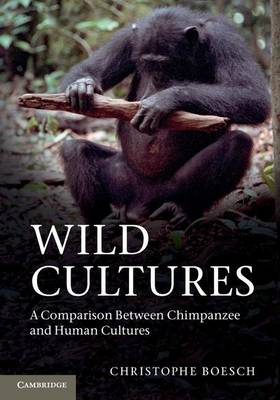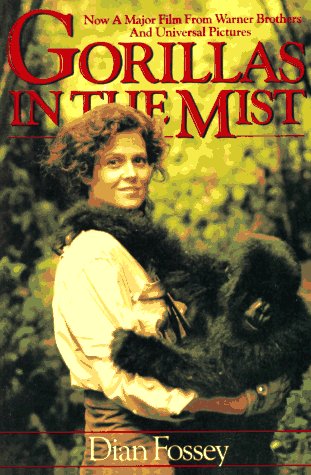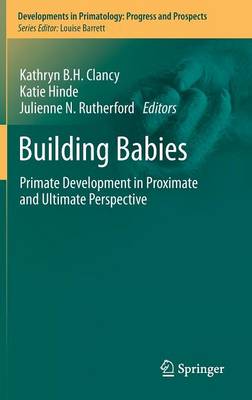Colobine Monkeys
Colobine monkeys have a unique digestive system, analogous to that of ruminants, which allows them to exploit foliage as a food source. This gives them a niche in Old World forests where they are often the only abundant medium-sized arboreal folivorous mammal. From a possible Miocene origin, Colobine monkeys have radiated into a wide variety of forms inhabiting a range of tropical woodlands in Africa and Asia. Most of the extant species have been subject to long term field studies, but until thi...
Describes the behavior, physical appearance, identifying characteristics, and natural habitat of 32 species of monkeys.
The story of a boy who runs away from an orphanage in England and becomes involved with a gang of thieves.
Examines the characteristics and natural environment of various members of the ape family, including gibbons, gorillas, and chimpanzees.
Describes the habits and behavior of chimpanzees living in the African forest.
Since 1971 Birute Galdikas has lived and worked in the forests of Borneo, documenting the lives of the orangutans. This text describes her groundbreaking scientific and conservation work that has been recorded in more than a dozen television documentaries. This book presents close-up portraits of mothers with their young, adolescents, combat between males, birth and death. It reveals how the traits we think of as quintessentially human are shared with our pongid relatives. It describes how Galdi...
Primatological Society Proceedings 3 Volume Set
This volume presents a comprehensive review of the current research in the field of primate thinking, learning and behavioural development. Recent theories of the ways in which primates perceive their world are integrated with the ways that they behave and communicate about each other and their environment. Many different species in both the wild and in captivity are discussed with coverage from the social development of neonates to the behaviour of adults. The common theme to the contributions...
Eat or Be Eaten
Predator sensitive foraging represents the strategies that animals employ to balance the need to eat against the need to avoid being eaten. Ecologists working with a wide range of taxa have developed sophisticated theoretical models of these strategies, and have produced elegant data to test them. However, only recently have primatologists begun to turn their attention to this area of research. This volume brings together primary data from a variety of primate species living in both natural habi...
A Troop of Chimpanzees (Animal Groups) (Animals in Groups)
by Louise A Spilsbury and Richard Spilsbury
Different animals live together in different ways. In this book, readers find out how chimpanzees form troops and work together to find food and raise young. The book also explores how other primates, such as gorillas and baboons, live in groups.
This laminated pocket guide contains 73 colour illustrations to aid identification and maps for locating the primates of East Africa. In addition, each species description includes arboreality, the type of habitat where it can be found and conservation status. Extensive maps of the region show country borders, major rivers and types of natural vegetation zones. You can use the checklist to note the location and date of the species you find.
Primates de Perú: Guía de Identificación de Bolsillo [Monkeys of Peru: Pocket Identification Guide] (Conservation International Tropical Pocket Guide)
by Rolando Aquino Y., Fanny M. Cornejo, Liliana Cortes-Ortiz, Filomeno Encarnacion C., Eckhard W. Heymann, Laura K Marsh, Russell A. Mittermeier, Anthony B Rylands, and Jan Vermeer
This laminated fold-out guide has 66 illustrations to identify all monkey species in Peru, with illustrations of both sexes for some species, and includes individual distribution maps. In addition, you can use the checklist to note the location and date of the species you find.
Body Composition Techniques in Health and Disease (Society for the Study of Human Biology Symposium)
Body composition studies are used in a wide variety of fields including human biology, medicine, sports science, epidemiology and nutrition. They may be used to predict later body composition from childhood measures, bone density loss in athletes under heavy training regimes or in the elderly, to assess obesity in children and adults, and to investigate the likely effects of malnutrition. Recently, there has been a resurgence of interest in the field of body composition, together with rapid deve...
How do chimpanzees say, 'I want to have sex with you?' By clipping a leaf or knocking on a tree trunk? How do they eat live aggressive ants? By using a short stick with one hand or long stick with both? Ivorian and Tanzanian chimpanzees answer these questions differently, as would humans from France and China if asked how they eat rice. Christophe Boesch takes readers into the lives of chimpanzees from different African regions, highlighting the debate about culture. His ethnography reveals how...
The dwarf and mouse lemurs of Madagascar are two very species-rich lemur genera, yet there is a relative paucity of information on this primate family in published literature. In this first ever treatment of the Cheirogaleidae, international experts are brought together to review and integrate our current knowledge of the behaviour, physiology, ecology, genetics and biogeography of these species. A wide range of direct and indirect research methods that are currently used to study these cryptic...
Dian Fossey's classic account of four gorilla families - one of the most important books ever written about our connection to the natural worldFor thirteen years Dian Fossey lived and worked with Uncle Bert, Flossie, Beethoven, Pantsy and Digit in the remote rain forests of the volcanic Virunga Mountains in Africa, establishing an unprecedented relationship with these shy and affectionate beasts.In her base camp, 10,000 feet above sea-level, she struggled daily with rain, loneliness and the ever...
Building Babies (Developments in Primatology: Progress and Prospects, #37)
The ontogeny of each individual contributes to the physical, physiological, cognitive, neurobiological, and behavioral capacity to manage the complex social relationships and diverse foraging tasks that characterize the primate order. For these reasons Building Babies explores the dynamic multigenerational processes of primate development. The book is organized thematically along the developmental trajectory:conception, pregnancy, lactation, the mother-infant dyad, broader social relationships,...


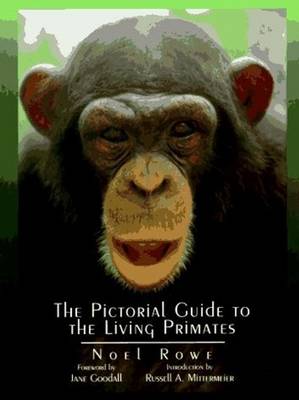
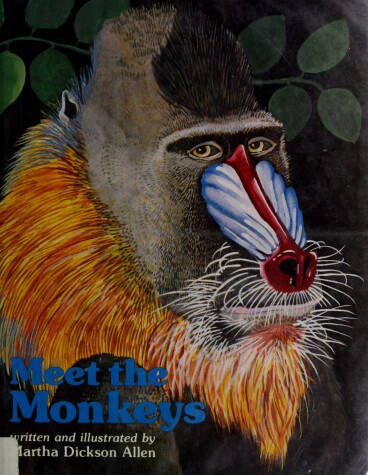

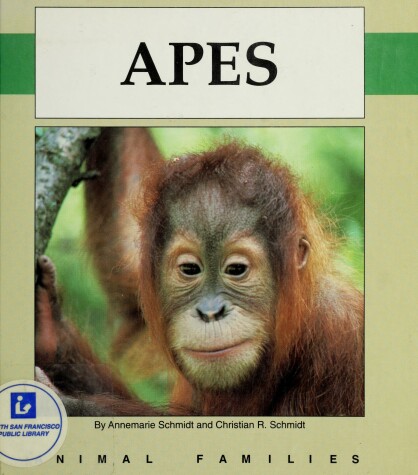


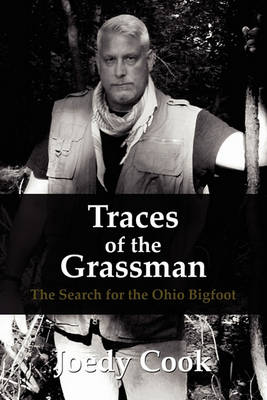
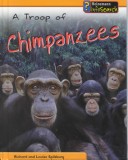
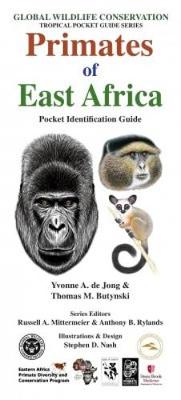
![Cover of Primates de Perú: Guía de Identificación de Bolsillo [Monkeys of Peru: Pocket Identification Guide]](https://images.bookhype.com/covers/7b/d9/91575901-239f-4da2-b114-cc82776c9db7/9781934151914-1aa070ca40bb1662f6c315.jpg)
